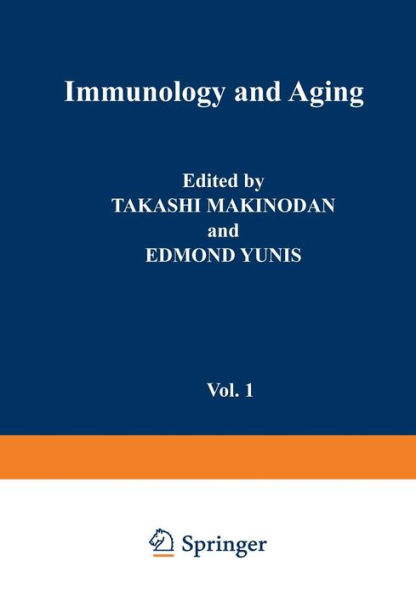5
1
9781468425437


Immunology and Aging available in Paperback

Immunology and Aging
- ISBN-10:
- 1468425439
- ISBN-13:
- 9781468425437
- Pub. Date:
- 03/22/2012
- Publisher:
- Springer US
- ISBN-10:
- 1468425439
- ISBN-13:
- 9781468425437
- Pub. Date:
- 03/22/2012
- Publisher:
- Springer US
109.99
In Stock

Product Details
| ISBN-13: | 9781468425437 |
|---|---|
| Publisher: | Springer US |
| Publication date: | 03/22/2012 |
| Series: | Comprehensive Immunology , #1 |
| Edition description: | Softcover reprint of the original 1st ed. 1977 |
| Pages: | 208 |
| Product dimensions: | 7.01(w) x 10.00(h) x 0.02(d) |
From the B&N Reads Blog
